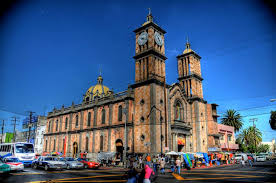Entramados
The vicissitudes of the cathedral of Tijuana: its origins as a small wooden temple

Published
May 15, 2019
How to Cite
Piñera Ramírez, D., Espinoza Meléndez, P., & Sánchez Vega, P. (2019). The vicissitudes of the cathedral of Tijuana: its origins as a small wooden temple. Letras Históricas E-ISSN: 2448-8372, (22). Retrieved from http://letrashistoricas.cucsh.udg.mx/index.php/LH/article/view/7196















